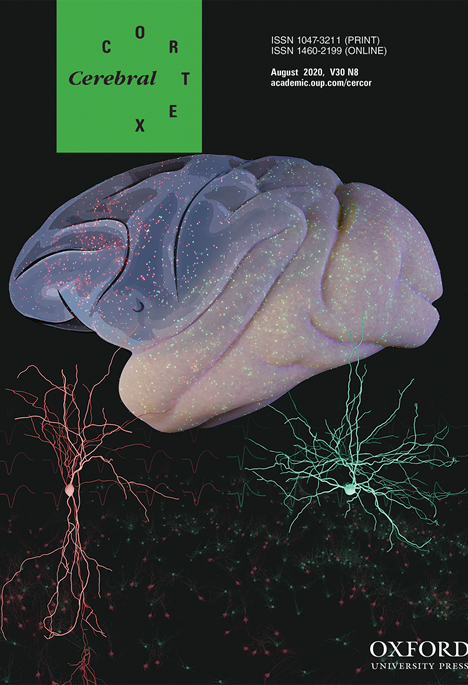Cereb Cortex. 2020 Jun 23;bhaa137. doi: 10.1093/cercor/bhaa137. Online ahead of print.
Isabel Del Pino 1 2 , Chiara Tocco 3 , Elia Magrinelli 3 4 , Andrea Marcantoni 5 , Celeste Ferraguto 3 , Giulia Tomagra 5 , Michele Bertacchi 3 , Christian Alfano 3 , Xavier Leinekugel 1 , Andreas Frick 1 , Michèle Studer 3
Affiliations
1 Université de Bordeaux, Inserm U1215, Neurocentre Magendie, 33077 Bordeaux, France.
2 Centro de Investigación Príncipe Felipe, 46012 Valencia, Spain.
3 Université Côte d’Azur, CNRS, Inserm, iBV, 06108 Nice, France.
4 Département des Neurosciences Fondamentales, Université de Lausanne, CH-1005 Lausanne, Switzerland.
5 Dipartimento di Scienza e Tecnologia del Farmaco, Università di Torino, 10125 Torino, Italy.
Abstract
The formation of functional cortical maps in the cerebral cortex results from a timely regulated interaction between intrinsic genetic mechanisms and electrical activity. To understand how transcriptional regulation influences network activity and neuronal excitability within the neocortex, we used mice deficient for Nr2f1 (also known as COUP-TFI), a key determinant of primary somatosensory (S1) area specification during development. We found that the cortical loss of Nr2f1 impacts on spontaneous network activity and synchronization of S1 cortex at perinatal stages. In addition, we observed alterations in the intrinsic excitability and morphological features of layer V pyramidal neurons. Accordingly, we identified distinct voltage-gated ion channels regulated by Nr2f1 that might directly influence intrinsic bioelectrical properties during critical time windows of S1 cortex specification. Altogether, our data suggest a tight link between Nr2f1 and neuronal excitability in the developmental sequence that ultimately sculpts the emergence of cortical network activity within the immature neocortex.
PMID: 32572460
DOI: 10.1093/cercor/bhaa137

